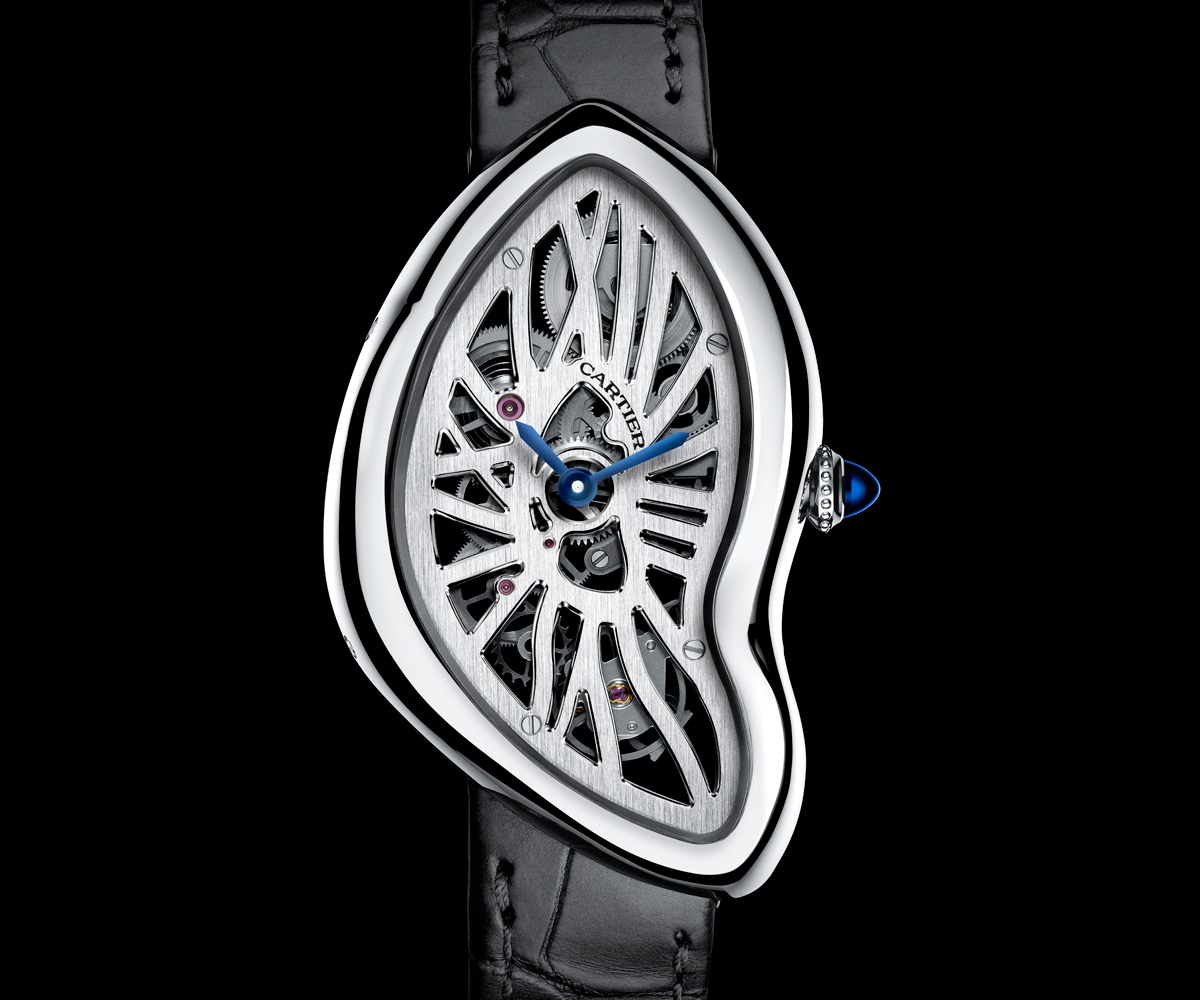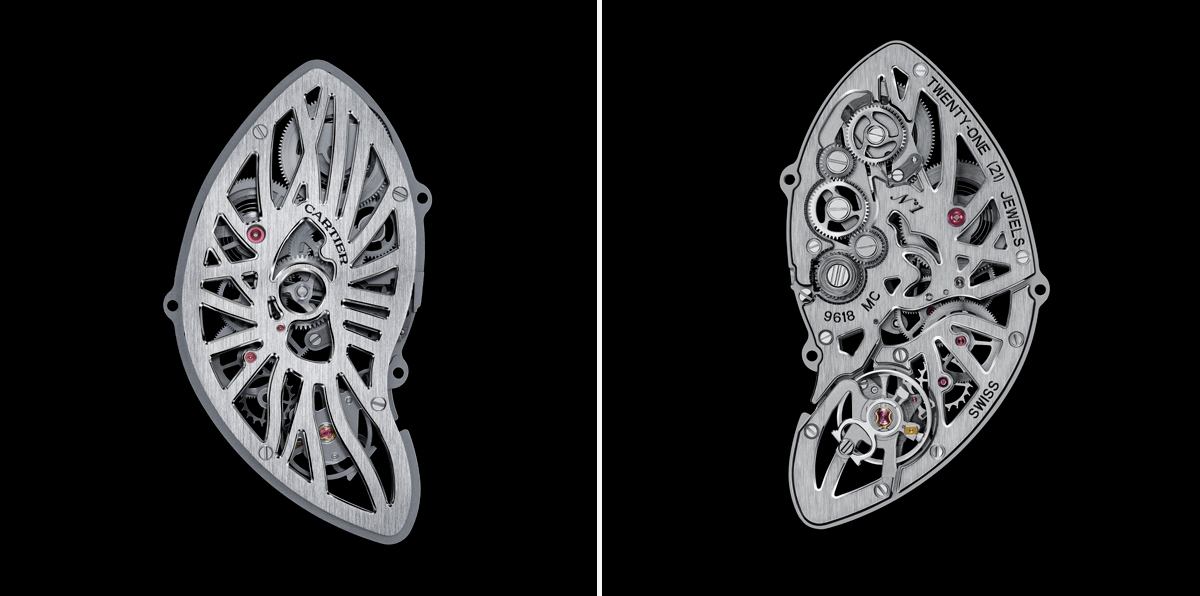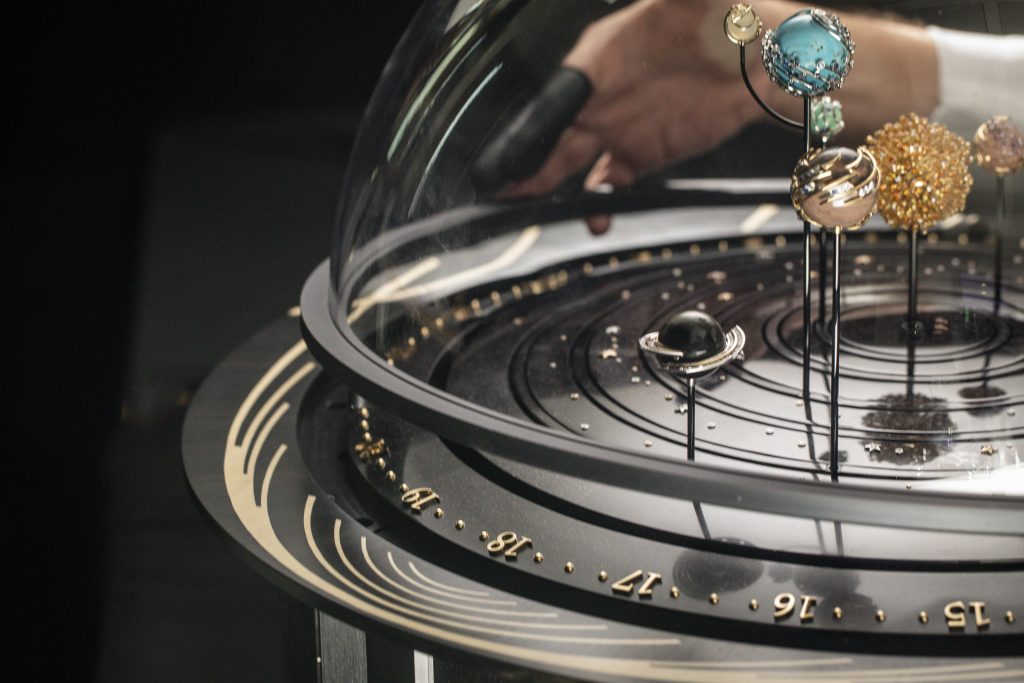Cartier’s Crash Skeleton Wristwatch
An unusual mechanical movement breathes new life to an horological icon


Since its introduction in 1967 Cartier’s Crash wristwatch has stood out as a model of iconic design. With a surreal asymmetrical design that challenges the uniformity of so many watches the nearly 50-year-old style Crash continues to evolve. At this year’s Salon International de la Haute Horlogerie (SIHH) a new iteration was showcased that brought our attention back to the Crash. The Cartier Crash Skeleton features a skeletonized movement, the impressive Caliber 9618 MC mechanical, which is made in house.
Skeletonized movements are not new, and Cartier could have chosen to use an existing movement, but that would have been a disservice to the Crash. Instead, their watchmakers created a movement that warps along with the case, which is most unusual and very difficult to engineer. The watch hasn’t been skeletonized simply for the sake of style; each bridge forms Roman numerals functioning as the time indicators and offers a window into the 138-part movement. We spoke with Cartier’s Swiss development team to learn more about this intriguing movement.

The team shares their watchmaking mission: “To be creative, to find new ideas, to find new solutions and alternatives to traditional complications. There’s a way to be creative in terms of aesthetics while balancing the search for functionality. This is what we are doing.” The meticulous craftsmanship demonstrates this.

“We work, at first, on the functionality and the display together. We have to ask what is the story behind this? For example, sometimes we receive a very precise brief, perhaps mentioning a tourbillon with a creative display. We seek a reinterpretation of the traditional watch complications and we develop the particular mechanism to make that function. When we try to bring something new to watchmaking it requires time to find solutions and alternatives.” The 35 watchmakers in the movement development team (the majority being engineers and many from multi-generational watchmaking families) try to maintain the initial spirit of a Cartier mechanism at all times.
As for the Skeleton Crash in particular, “The origin of the brief was to develop, to create a skeleton for the watch that’s both modern and different. For us, the weakness of the skeleton movement in watches is that it’s always hard to find the hands because you have a lot of elements in terms of architecture. It’s very difficult to find the time. By keeping the movement in the shape of number indicators, generally on the dial, we improved the display of the skeleton watch. You have a very pure display, and this is a modern concept for the skeleton.” With the Crash, Cartier declared that they were a brand invested in case development, and they continue to demonstrate the same regarding their movements.
This innovation is reflected in the Cartier Crash Skeleton‘s price. It will be available in April 2015 at Cartier retailers, with the platinum model selling for $82,500, the platinum and diamond model for $150,000.
Images courtesy of Cartier












